|
Our natural connection… Most humans feel connected to nature in a very deep way. We envision warm sandy beaches, a stroll in the woods or along mountain streams, to calm and center us. Interior designers have always understood the connection between nature and design - to enhance the look and feel of a space that connects us to the natural world. It is a simple truth humans need a feeling of connectedness with nature to not just survive but to thrive. What is Biophilic Design? Biophilia (meaning love of nature) focuses on humans’ innate attraction to nature and has existed for thousands of years. It suggests we all have a genetic connection to the natural, and Biophilic Design is all about recreating that relationship between humans and nature Interior designers use Biophilic Design principles to create a human-centered approach to interior design. When applied, these principles improve many of the spaces that we live and work in today, providing numerous benefits to our health and well-being. Incorporating direct or indirect elements of nature into your space has been proven to reduce stress while increasing productivity, creativity and sense of well-being. In recent years leading businesses such as Apple, Google, and Amazon, have invested heavily in Biophilic Design to improve worker concentration, engagement, and cognitive ability. The incorporation of Biophilic Design has also gained popularity in the hospitality sector, with guests reportedly paying up to 23% more for rooms with views of Biophilic elements. In the retail sector, the presence of vegetation and landscaping has been found to increase average rental rates on retail spaces, with customers willing to pay 8-12 % more. How can I incorporate Biophilic Design in my own home? The benefits of Biophilic Design can extend to our homes, which can become more calming and restorative. There are six main features to consider when it comes to using Biophilic Design techniques in your home: 1. Using elements that reflect the natural world Features of the natural world can be incorporated into your space to create a more natural feeling environment. Simple things like earthy colors, sunlight, plants, and animal and nature images are simple but effective ways to bring a sense of connection to nature into your space. 2. Natural Shapes Natural shapes are forms that are inspired by or occur in nature. Some examples include arches and vaults, shelving made from natural materials like stone or bamboo, water features, and other decorative elements that mimic natural elements. 3. Natural Patterns Similar to natural shapes, natural patterns and/or processes occur in nature. Examples include a surface that appears naturally distressed, plants in rustic containers, and the use of rhythm and scale with natural materials or elements such as stone. 4. Natural Light Sunlight as a Biophilic Design strategy puts an emphasis on light and space. Light helps merge the inside and outside using elements of warmth and different shapes. This could also be combined with window treatments made of natural materials to bring a sense of connectedness between the outside and inside. 5. Plants Perhaps the most direct and simple way to incorporate Biophilic Design principles in your space is the use of plants. You can focus on the use of real plants, imagery, or plant colors with other natural materials outside the home to create a sense of flow throughout a space. The idea here is to create a relationship between the space and the natural elements it is incorporating. 6. The Human-Nature Relationship
Above all, Biophilic Design elements should stimulate more than just our visual senses, they should be restorative, uplifting and calming. Regardless of what techniques you use in incorporating direct or indirect elements of nature into your space, the goal is to allow the natural world to bring you a sense of well-being.
2 Comments
|
Archives
November 2022
Categories |
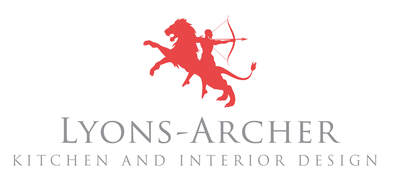
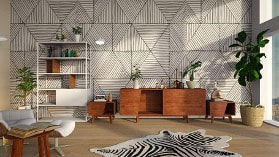
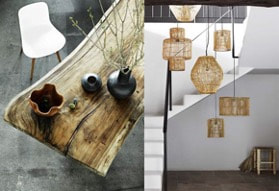
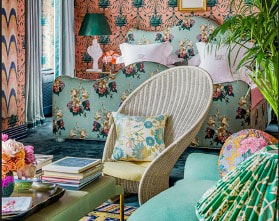
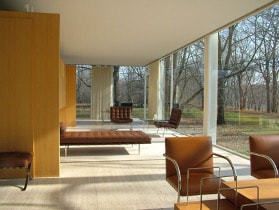
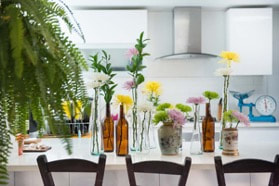
 RSS Feed
RSS Feed